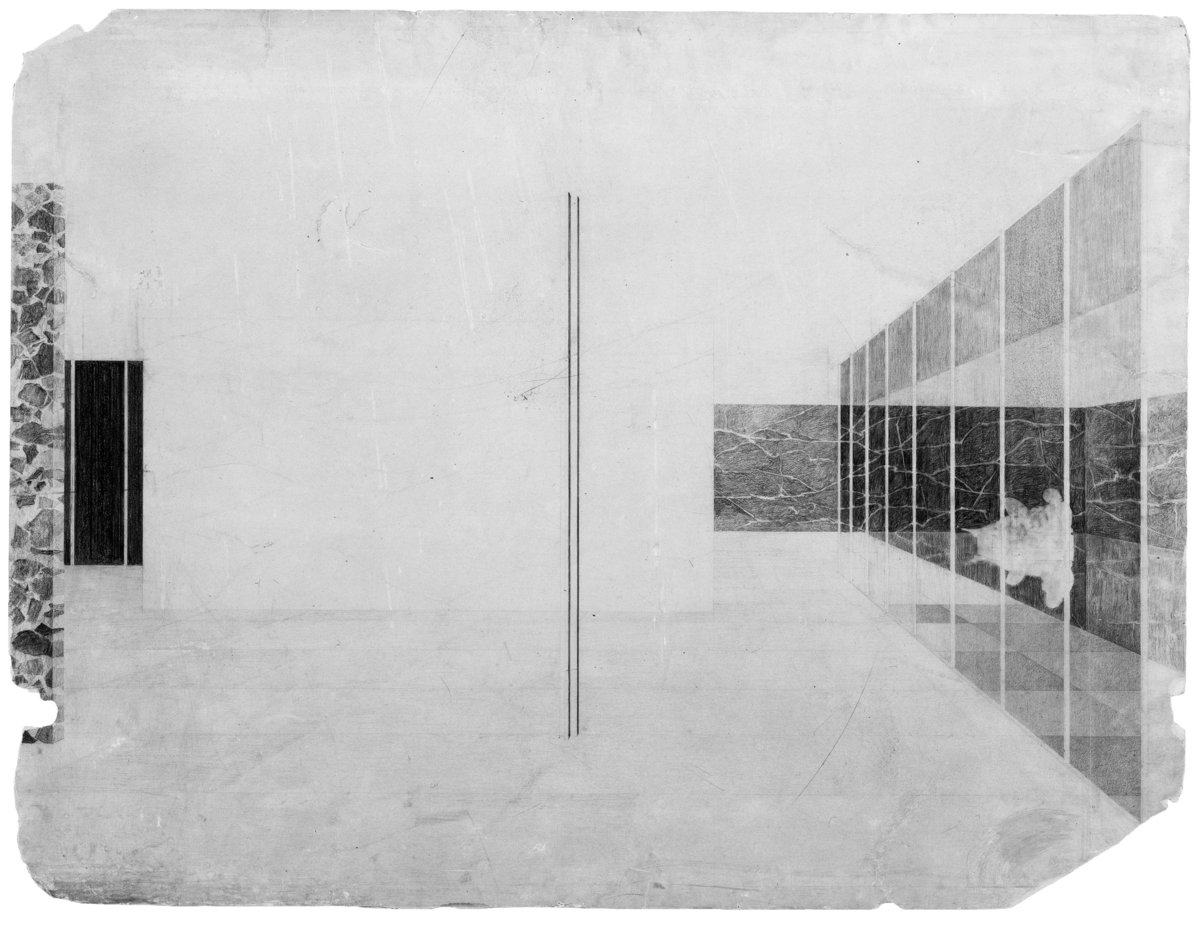"Beauty is nature in artifice"
Friedrich Schiller
Reflecting on one's own actions has accompanied the art of building since the very beginning - building that questions the reasons and goals of one's own activity.
Even the earliest founding myths seek to ground the moment of constructing human space in the conditions of being human in the first place. The "erecting" and "creating space", "joining" and "structuring", "setting" etc. of human dwellings is one of the original themes of architectural theory formation, and topoi emerged that remain directly committed to the knowledge of architects' actions and yet still pursue the formation of ideas: whether as "column order" or "theory of proportion", the "façade shape" of a house, questions of "spatial organization", the "public and private", the "mood" etc. etc.
The corpus of writings on architectural theory provides evidence of this and at the same time offers a knowledge of action on the meta-level of building. Such writings emerge as main festivals, treatises, notations etc. in the space between practice and thought, life and meaning. Theoretical reflection still draws on this today - that it remains close to the phenomena and, like building itself, develops from the resistance of construction, material, usage requirements, etc. The "theory of architecture" is also a mediator between diverse fields of knowledge, linking the history of ideas and culture with the level of production and use in the experiential space of the built environment. The central object of its examination is therefore the building as a concrete carrier of ideas. In this sense, architectural theory remains committed to a utopian project that arises from the possibilities and needs of a time, in need of continuity and a future.
The establishment of Architectural Theory as a subject at the university is more recent and is related to the increased critical awareness of the profession, its themes, motives and social scope for action. It is a response to the general experiences of "contingency" and "complexity" that have characterized Western societies since the modern era. This makes the socio-political, social and therefore also intellectual context of architectural practice all the more important. The claim to formulate a critical meta-level separates architectural theory from architectural history as well as from architectural criticism or architectural journalism.
The Chair of Architectural Theory at the BTU Cottbus-Senftenberg, as part of the Institute of History of Art and Architecture (IBK) at the Faculty of Architecture, Civil Engineering and Urban Planning, focuses on the hermeneutic-phenomenological dimension of Architecture. The shared space of experience and understanding, constantly challenged anew by man's search for meaning and its expression in the world of artifacts, forms the basis of teaching and research in the department. Such an approach claims the outsider position of those who are at the heart of the matter: It neither adopts a distanced, academic position, nor does it present itself as a simple companion or provider of ideas; its subject is the virulent need for ideas of human beings and their bodily sensuality.
In a time of divisive specialization and the corrosive economization of everyday life and building practice, her critical distance can help to create clarity. In the best case, it is possible to further develop established lines of thought through confrontation with the present and thus provide architectural practice and society with discursive models.
History of the chair
1994 to 2010
Eduard Führ, Professor of Architectural Theory; foundation of the chair
2010 to 2012
Riklef Rambow, interim professor of Architectural Theory
2015 to 2019
Gernot Weckherlin, Interim Professor of Architectural Theory
2019 to 2021
Adria Daraban, Acting Professor of Architectural Theory
2021/2022
Sebastian Feldhusen and Alexander Stumm, Interim Professors of Architectural Theory
Since 2023
Albert Kirchengast, Professor of Architectural Theory; junior professorship with tenure track

